Huh? Why Wearing Ear Plugs Is a MUST!
Huh? Why Wearing Ear Plugs Is a MUST!
Just about every band director I have spoken to over the course of my career has admitted to having some form of hearing loss.
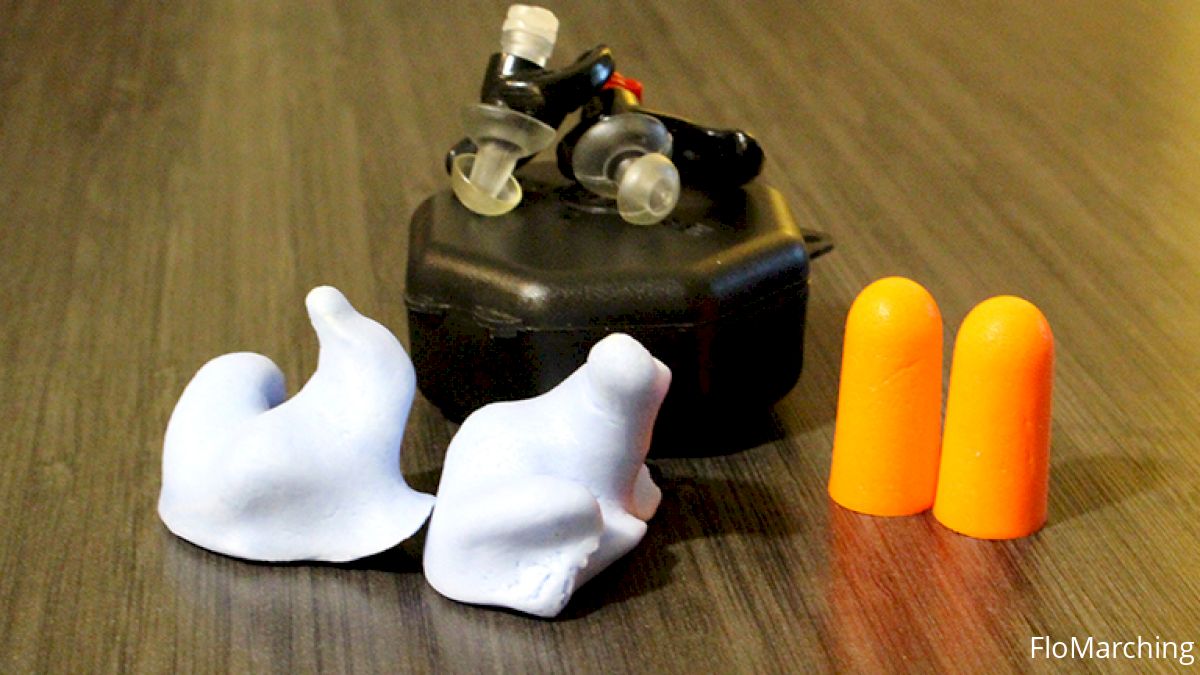
Just about every band director I have spoken to over the course of my career has admitted to having some form of hearing loss. And of course, they go on to say "I wish I had worn ear plugs". Well take it directly from me, it's not something you ever want to take for granted.
In my career as a snare drummer, I would occasionally get home from a show or game and fall asleep to that ringing in my ears. But by the time the morning arrived, that ringing had gone mute. Or that's what I remember. Every so often, I would experience a headache from the constant bombardment that comes with being in a drumline and band. What I didn't realize, was that I was causing irreversible damage to my hearing.
Then one day around 2002, I woke up and realized the ringing was still there. And very loud this time. So I went to my doctor and asked them to check my hearing. The curious looks on their faces made us all laugh because I was so young. Why would hearing be an issue for a 20 year old? But after the first test, the looks on the physician's face changed pretty quickly and he asked to have the test run again assuming that surely it was the machine. Sadly, his assumption was wrong.
He referred me to a specialist who sat me inside a sound proof booth, made by the same company who makes those practice rooms we all have used before and started testing. First it was simple pitches, tones, and beeps. Then words and sentences. Followed by raising one hand or the other. Total damage?
As the audiologist explained to me, the massive loss was caused by 2 main factors, genetics and exposure. The genetics was my hypersensitivity to hearing damage. Similar to those who go to the beach and get burned quickly, my hearing was more susceptible to loss. Then of course was the exposure. With those combinations, I basically had the hearing of a 65 year-old and had yet to age-out.
According to ScienceDaily.com, 50 million people in the US have experienced the same type of hearing loss I have with varying degrees of loss. It's called sensorineural hearing loss and is the most common form of hearing loss. Sensory hair cells, nerve endings, call cochlea have been damaged and shorten.
Hearing aids are an option for me but the real problem is my inability to focus and fine tune on sounds because those cochlea are not operating at their full capabilities anymore. Basically, wearing aids would only turn up the volume on a bad set of speakers but not give me the clarity to hear sounds better.

So while medicine advances and there is hope to repair the damage already done, the biggest key to hearing loss is PREVENTION. Genetic hearing loss is something no one can control, exposure loss is definitely something you can control.
Educators and instructors, I implore you to implement plugs immediately. Whether it is the expensive custom molded plugs most of the professional orchestra and symphony performers use or it's the cheap foam plugs you can buy in bulk. USE THEM!
There are the professional molded kind that can get really expensive but since we are talking about most use for high school students or during the drum corps season, I am going to showcase those plugs I've used that are a little more wallet friendly.
1. Foam Plugs
While these are super effective, 32 decibels, and cheap, they do tend to distort the sound. So if you doing fine tuning they may not be the most effective. But if you want to buy a bulk pack of them and throw them on the equipment truck. They are great! These were my go to plugs my last 2 years of drum corps and college band.
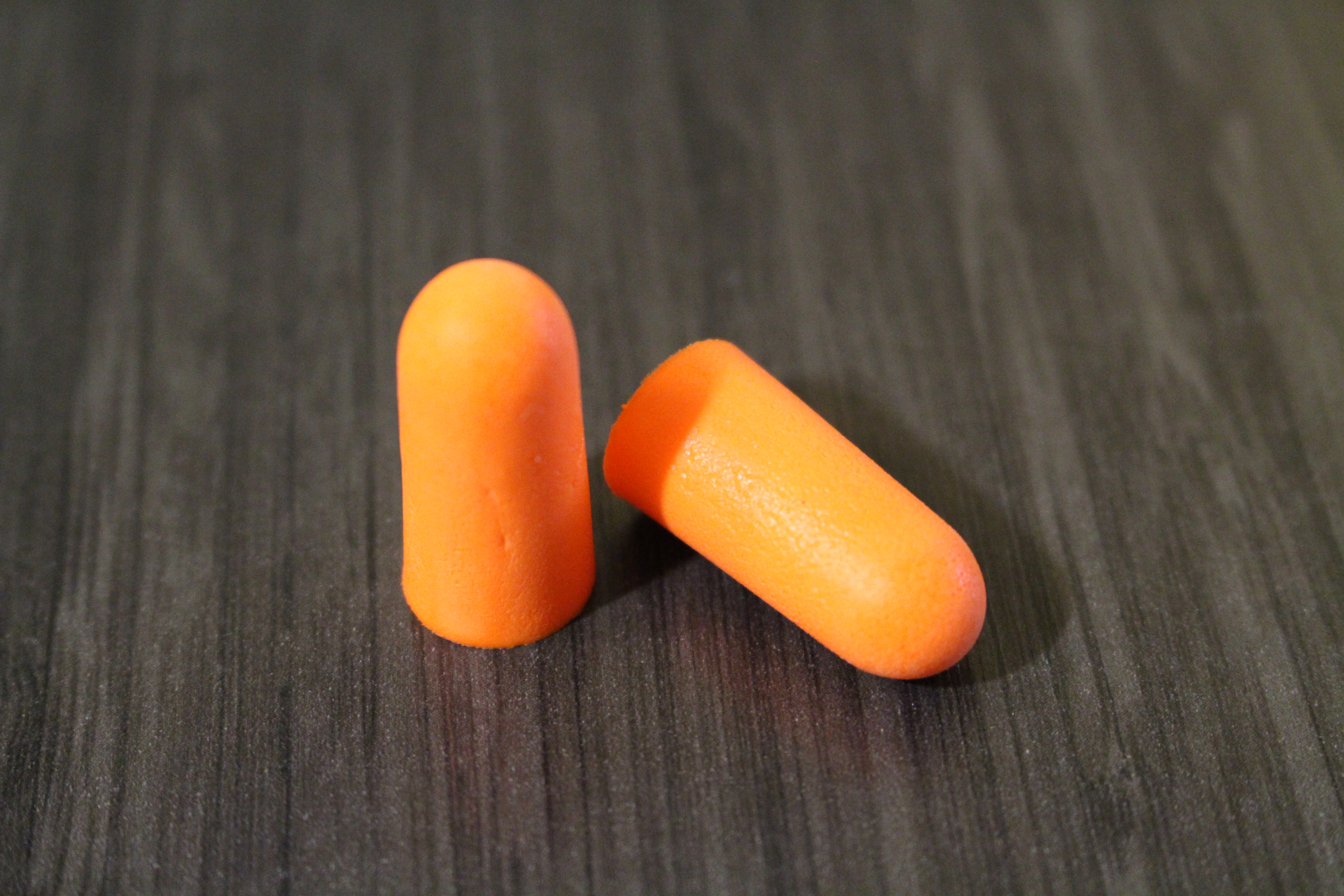
2. Silicone Plugs
Slightly more expensive but reusable and they do provide more clarity to the sounds that do come through. Less overall noise reductions, only 25-28 decibels, these particular pair have a flap that can be closed and opened depending how much sound you want to come through. Easy to clean and last for as long as you can keep them. I used these later one when I was teaching and now while I'm covering with FloMarching.
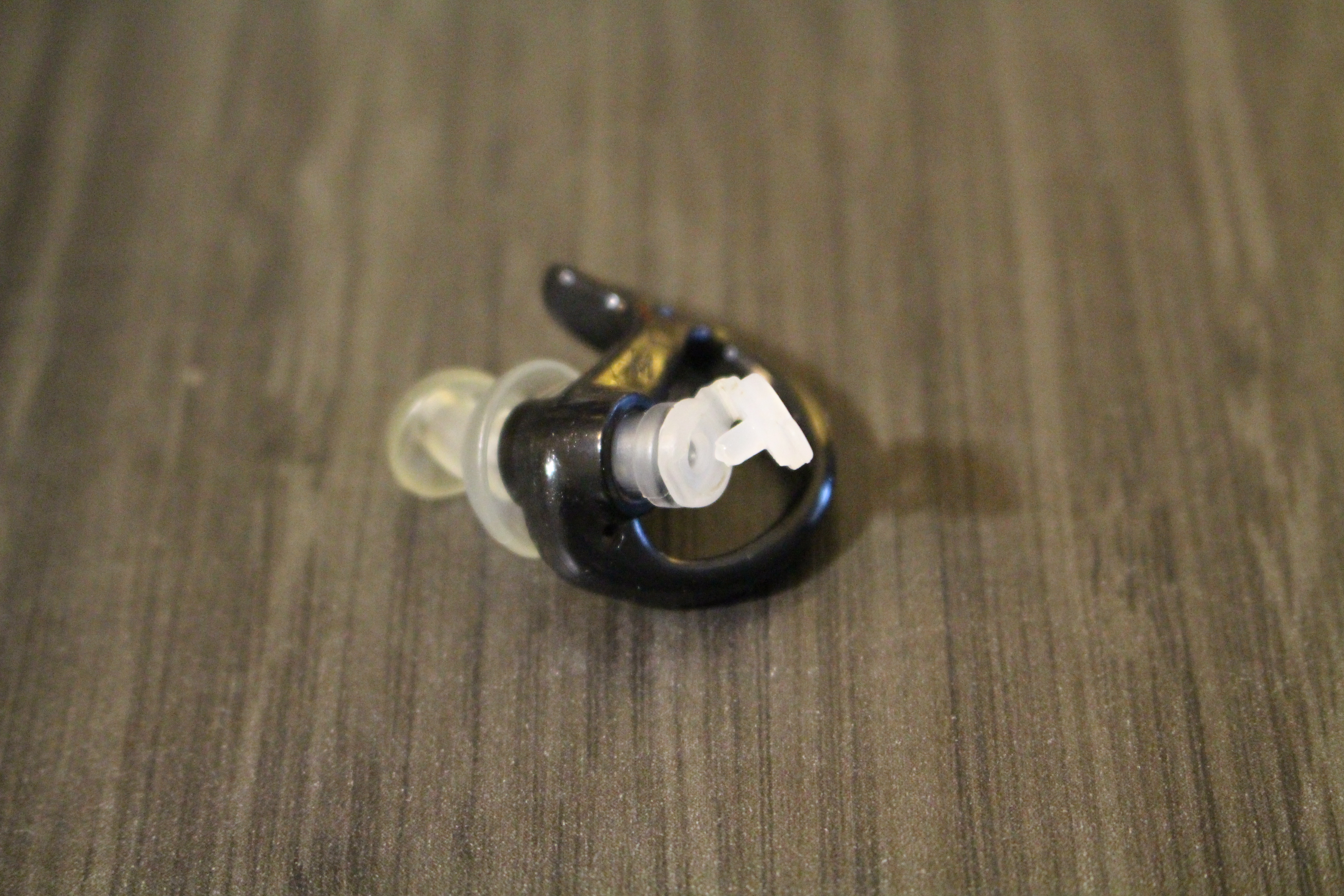
3. Custom Moldable
These types are a little more expensive ($14 a pair) and take a little more time to get ready (about 15-20 minutes to mold). They reduce the noise level by 26 decibels and are custom fitted to your ears. These are a little newer to the market. I will try these out and let you know how they work.
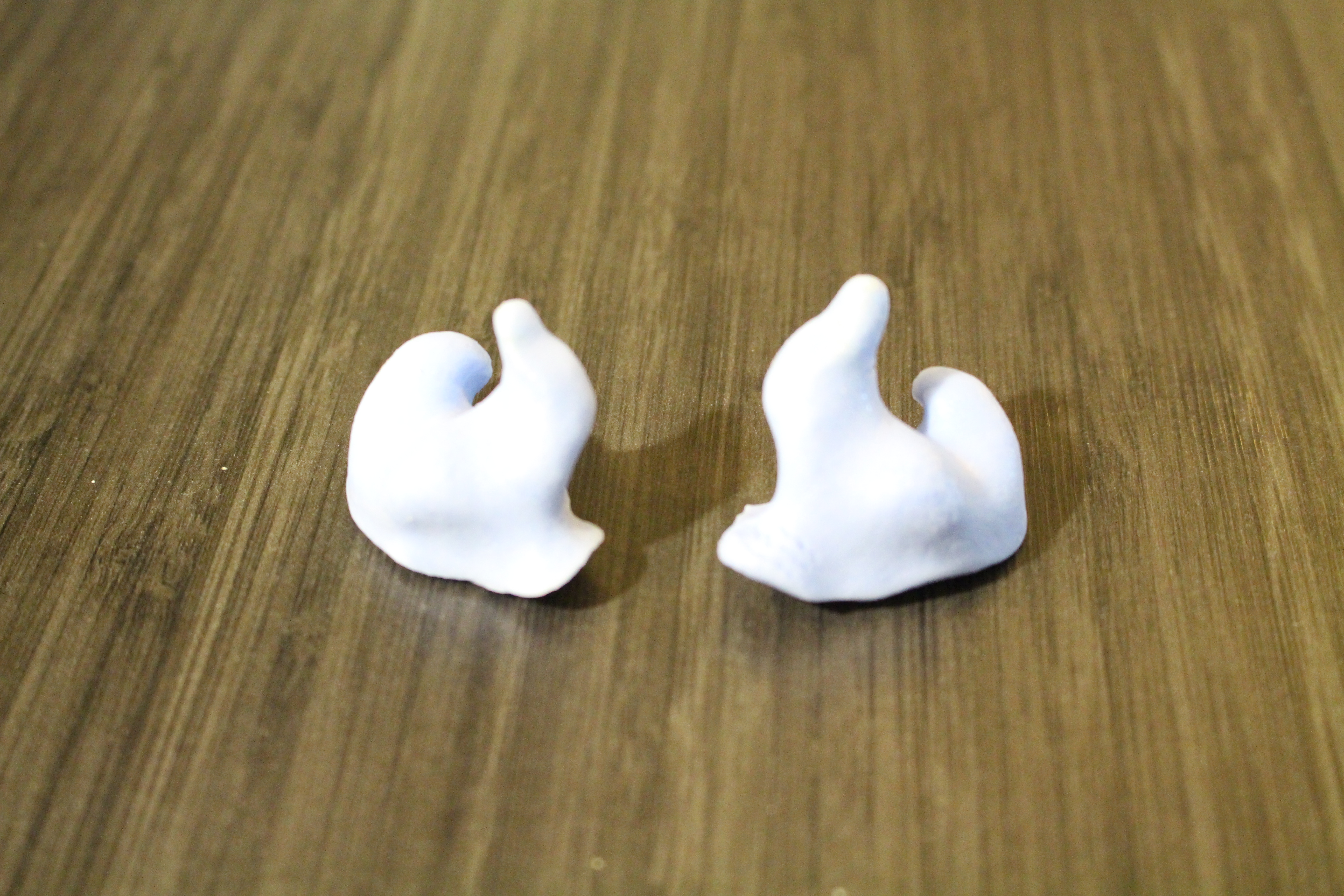
In my career as a snare drummer, I would occasionally get home from a show or game and fall asleep to that ringing in my ears. But by the time the morning arrived, that ringing had gone mute. Or that's what I remember. Every so often, I would experience a headache from the constant bombardment that comes with being in a drumline and band. What I didn't realize, was that I was causing irreversible damage to my hearing.
Then one day around 2002, I woke up and realized the ringing was still there. And very loud this time. So I went to my doctor and asked them to check my hearing. The curious looks on their faces made us all laugh because I was so young. Why would hearing be an issue for a 20 year old? But after the first test, the looks on the physician's face changed pretty quickly and he asked to have the test run again assuming that surely it was the machine. Sadly, his assumption was wrong.
He referred me to a specialist who sat me inside a sound proof booth, made by the same company who makes those practice rooms we all have used before and started testing. First it was simple pitches, tones, and beeps. Then words and sentences. Followed by raising one hand or the other. Total damage?
50% hearing loss in both ears with permanent tinnitus.
As the audiologist explained to me, the massive loss was caused by 2 main factors, genetics and exposure. The genetics was my hypersensitivity to hearing damage. Similar to those who go to the beach and get burned quickly, my hearing was more susceptible to loss. Then of course was the exposure. With those combinations, I basically had the hearing of a 65 year-old and had yet to age-out.
According to ScienceDaily.com, 50 million people in the US have experienced the same type of hearing loss I have with varying degrees of loss. It's called sensorineural hearing loss and is the most common form of hearing loss. Sensory hair cells, nerve endings, call cochlea have been damaged and shorten.
Hearing aids are an option for me but the real problem is my inability to focus and fine tune on sounds because those cochlea are not operating at their full capabilities anymore. Basically, wearing aids would only turn up the volume on a bad set of speakers but not give me the clarity to hear sounds better.

Prevention is the biggest key
So while medicine advances and there is hope to repair the damage already done, the biggest key to hearing loss is PREVENTION. Genetic hearing loss is something no one can control, exposure loss is definitely something you can control.
Educators and instructors, I implore you to implement plugs immediately. Whether it is the expensive custom molded plugs most of the professional orchestra and symphony performers use or it's the cheap foam plugs you can buy in bulk. USE THEM!
Types of Hearing Protection
There are the professional molded kind that can get really expensive but since we are talking about most use for high school students or during the drum corps season, I am going to showcase those plugs I've used that are a little more wallet friendly.
1. Foam Plugs
While these are super effective, 32 decibels, and cheap, they do tend to distort the sound. So if you doing fine tuning they may not be the most effective. But if you want to buy a bulk pack of them and throw them on the equipment truck. They are great! These were my go to plugs my last 2 years of drum corps and college band.

2. Silicone Plugs
Slightly more expensive but reusable and they do provide more clarity to the sounds that do come through. Less overall noise reductions, only 25-28 decibels, these particular pair have a flap that can be closed and opened depending how much sound you want to come through. Easy to clean and last for as long as you can keep them. I used these later one when I was teaching and now while I'm covering with FloMarching.

3. Custom Moldable
These types are a little more expensive ($14 a pair) and take a little more time to get ready (about 15-20 minutes to mold). They reduce the noise level by 26 decibels and are custom fitted to your ears. These are a little newer to the market. I will try these out and let you know how they work.

FloMarching's hottest content, delivered to your inbox
Don't miss breaking news, feature stories, event updates, and more. Sign up for the FloMarching mailing list today.Related Content
 WGI World Championship 2024: Guard, Winds And Percussion Champions
WGI World Championship 2024: Guard, Winds And Percussion ChampionsApr 22, 2024
 WGI Scores 2024: WGI World Championship Percussion, Winds Results
WGI Scores 2024: WGI World Championship Percussion, Winds ResultsApr 21, 2024
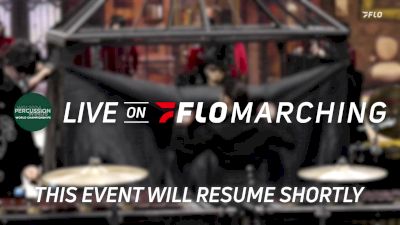 Replay: UD Arena (Multicam) - 2024 WGI Percussion/Winds World Championships | Apr 21 @ 9 AM
Replay: UD Arena (Multicam) - 2024 WGI Percussion/Winds World Championships | Apr 21 @ 9 AMApr 21, 2024
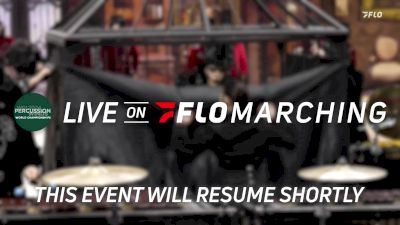 Replay: UD Arena (Highcam) - 2024 WGI Percussion/Winds World Championships | Apr 21 @ 9 AM
Replay: UD Arena (Highcam) - 2024 WGI Percussion/Winds World Championships | Apr 21 @ 9 AMApr 21, 2024
 STRYKE Wynds "Palm Beach FL" at 2024 WGI Percussion/Winds World Championships
STRYKE Wynds "Palm Beach FL" at 2024 WGI Percussion/Winds World ChampionshipsApr 21, 2024
 STRYKE Wynds "Palm Beach FL" at 2024 WGI Percussion/Winds World Championships
STRYKE Wynds "Palm Beach FL" at 2024 WGI Percussion/Winds World ChampionshipsApr 21, 2024
 Horizon Winds "Sarasota FL" at 2024 WGI Percussion/Winds World Championships
Horizon Winds "Sarasota FL" at 2024 WGI Percussion/Winds World ChampionshipsApr 21, 2024
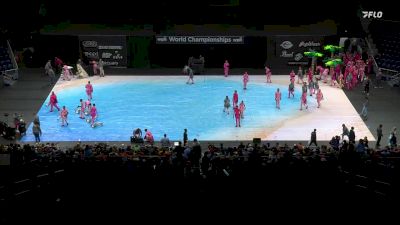 Horizon Winds "Sarasota FL" at 2024 WGI Percussion/Winds World Championships
Horizon Winds "Sarasota FL" at 2024 WGI Percussion/Winds World ChampionshipsApr 21, 2024
 Vaquero Winds "Edinburg TX" at 2024 WGI Percussion/Winds World Championships
Vaquero Winds "Edinburg TX" at 2024 WGI Percussion/Winds World ChampionshipsApr 21, 2024